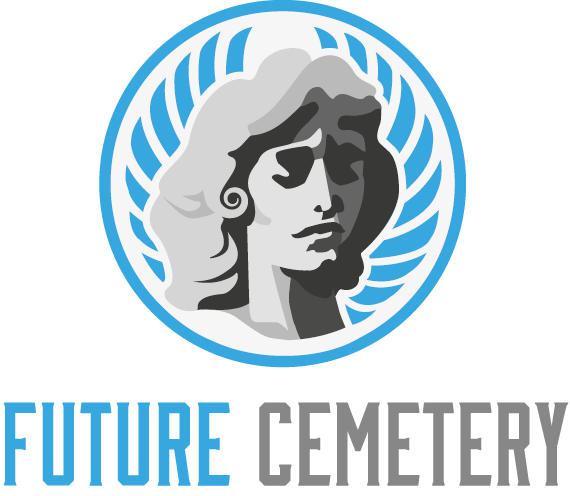Untuk pecinta lotto, terutama yang mengikuti hasil dari SDY, data SDY adalah perangkat sangat penting. Dengan data yang akurat tepat, para pemain dapat membuat pilihan yang lebih tepat dan menambah peluang serta dalam meraih kemenangan. Acara SDY menyediakan akses langsung real-time ke hasil, sedangkan live draw SDY menyuguhkan pengalaman langsung yang sangat menegangkan bagi para para penggemar togel.
Setiap hari, banyak individu berusaha mencari tahu angka-angka yang muncul melalui sdy pools dan sdy lotto. Togel Sidney ataupun lotto Sidney menjadi salah satu pilihan favorit karena nama baiknya yang dapat dipercaya. Dengan memantau hasil keluaran sdy dan mencermati result sdy hari ini, para pemain bisa menganalisis pola yang ada dan merumuskan strategi yang mungkin dapat membawa keberuntungan. Informasi ini berupa tidak hanya berperan sebagai catatan, tapi juga sebagai panduan bagi setiap petaruh yang benar-benar serius.
Pengertian Data SDY
Data Sydney adalah informasi krusial yang berkaitan dengan hasil-hasil data keluaran togel SDY, yang sering sering dicari oleh para penggila lotto. Informasi ini terdapat angka yang ditarik ditarik dalam live draw SDY, yang memberikan peluang bagi pemain agar mengawasi hasil-hasil secara langsung. Dengan adanya adanya, para pemain bisa melakukan analisis-analisis serta prediksi bagi game yang akan datang.
Selain hasil live draw SDY, informasi SDY juga terdapat beragam data tambahan, contohnya keluaran Sydney di masa lalu. Beberapa pemain sering mengandalkan informasi sejarah ini untuk menentukan strategi bermain. Dengan mempelajari pola dan tren yang terbentuk dalam pengeluaran Sydney, mereka mengharapkan bisa meningkatkan kemungkinan untuk menang di permainan lotto.
Sebelum berpartisipasi, krusial untuk para penggemar togel untuk mengetahui semua aspek yang terkait dengan informasi SDY. Informasi tersebut tidak hanya penting untuk keperluan taruhan, namun juga sebagai dari hiburan pada saat mengikuti setiap acara acara live sdy. Dengan informasi data dan serta hasil terbaru, pemain dapat segera lebih siap serta percaya diri dalam setiap taruhan yang mereka lakukan.
Cara Mengakses Live SDY
Dalam rangka memasuki Live SDY, langkah awal yang perlu Anda tempuh adalah menentukan platform yang terpercaya yang menyediakan jasa togel SDY. Pastikan situs itu mengantongi lisensi yang sah dan ulasan positif dari pengguna lain. Sehingga, Anda dapat menjamin proses bermain yang nyaman dan aman saat mengikuti live draw SDY.
Setelah mendapatkan platform yang tepat, Anda dapat mendaftar dengan mengisi formulir pendaftaran yang disediakan. Proses pendaftaran umumnya cukup sederhana dan cepat. Setelah mendaftar, Anda akan memperoleh akun yang memungkinkan Anda agar bisa login dan mulai memanfaatkan berbagai layanan seperti sdy lotto dan sdy pools. Jangan lupa agar mengonfirmasi akun Anda supaya dapat menarik profit jika beruntung.
Terakhir, sesudah akun Anda berfungsi, cari menu Live SDY di beranda utama platform. Di tempat ini, Anda dapat menyaksikan acara live draw sdy secara langsung. Togel Sidney Selalu koneksi internet Anda kuat untuk mendapatkan pengalaman yang lebih baik saat melihat hasil sdy dan mengikuti judi togel sidney. Silakan untuk menggunakan opsi chat atau komunitas di platform agar berdiskusi dengan penggemar togel lainnya.
Keuntungan Data SDY bagi Pecinta Togel
Data Hasil SDY menyediakan banyak faedah signifikan untuk para perjudian angka, lebih-lebih dalam mengambil putusan yang lebih baik. Dengan adanya akses terhadap data terbaru mengenai hasil keluaran dari SDY, peserta dapat meriset pola dan ciri-ciri yang terlihat dari hasil nombor-nombor sebelumnya. Hal ini dapat membantu mereka dalam memilih angka-angka potensial yang mungkin keluar pada pengundian selanjutnya, dengan begitu menambah peluang para pemain dalam menang.
Selain itu, pengeluaran dari SDY yang didapat dalam waktu nyata dari acara undian langsung SDY amat membantu para pemain untuk mengikuti proses permainan. Keterangan yang cepat dan benar mengizinkan mereka untuk segera mengetahui informasi terakhir dan dapat membuat keputusan segera berlandaskan informasi yang diperoleh. Ketersediaan data ini juga menghadirkan memberikan kepastian yang lebih tinggi dalam togel, dengan demikian membuat pengalaman permainan menjadi lebih menyenangkan.
Akhirnya, data Hasil SDY yang lengkap serta sering diperbarui juga dalam mendukung perencanaan bermain yang lebih terencana. Dengan menggunakan data historis dari sdy pools serta sdy lotto, pemain togel dapat membuat strategi jangka panjang dalam permainan. Dengan metode ini, pemain tak hanya bermain berlandaskan nasib semata, tetapi juga menggunakan informasi yang ada yang tersedia untuk mendapatkan hasil yang lebih baik.
